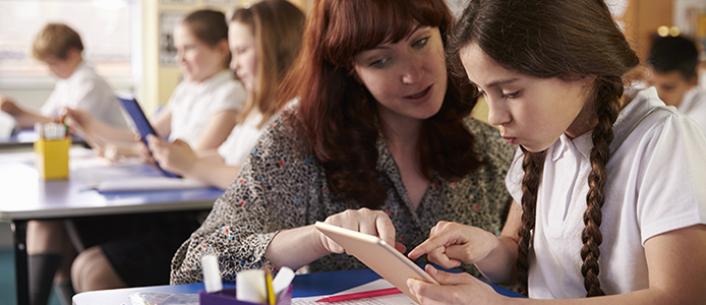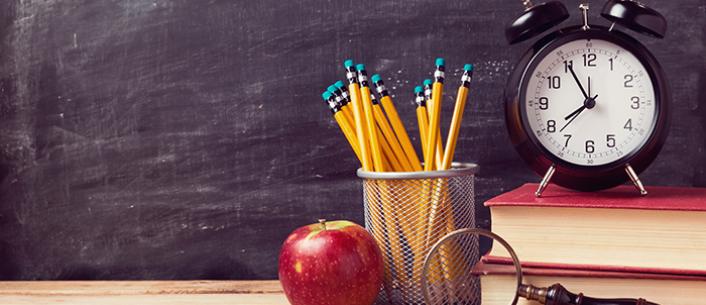hebrew help
-
2 NovRead more »

You survived the fall holiday marathon. Now it's a good time to use your uninterrupted schedule to focus on your students' Hebrew skills.
Here are some resources to help you see where your students are in their Hebrew, and ensure they succeed in reaching the next level of your program.
Assess Hebrew language skills
The Diagnostic Hebrew Reading Test can help diagnose and remediate Hebrew reading problems for students who have already learned the Hebrew letters and vowels. This 45-minute diagnostic test is designed
-
7 AugWhat happens when delayed decoding doesn't work? Educators in Austin decided to start fresh.Read more »
-
24 JulRead more »
Assessment is a tool to help you chart a learning path for each student.
-
5 DecIt’s best not to wait until the end of the year to take stock of our students Hebrew learning. Whether you’re thinking of doing formative or summative assessments to see where students need extra help, or for placement, here are some options.Read more »
-
8 AugFinding enough time for Hebrew learning is often a challenge. Here are some tips for using Hebrew in Harmony when you've got limited time.Read more »
-
16 MayThis is part of a series of articles exploring the diversity of Hebrew learning strategies at congregational schools.Read more »
-
21 MarRead more »
This is the second in a series of articles exploring the diversity of Hebrew learning strategies at congregational schools.
At Baltimore Hebrew Congregation, educators follow two guiding principles when it comes to Hebrew.
“We do Hebrew for the sake of loving it and using it,” says Brad Cohen, the synagogue’s director of education. “I listen to my students. When they’re curious about a topic, they learn it faster.”
What this looks like in practice is a school of 250 students that aims to instill a comfort with Hebrew, whether for prayer participation and knowledge or for an overall sense of identity. The school infuses Hebrew throughout all the grades, beginning with auditory learning of blessings and prayers in classrooms.
Third graders use Hebrew Through Movement and small group t’filah, which provides them an opportunity to connect with prayers in an intimate setting. Fourth and fifth graders learn to lead Havdalah
-
28 DecRead more »

Fall isn't just about new beginnings for children. Adults in many communities are interested in learning to read Hebrew to engage more deeply in Jewish religious life - whether via prayers or readings at a synagogue or the blessings and rituals of home observance. Just as children learn in different, there are different ways of approaching beginner Hebrew for adults.
JoHanna Potts, a rabbi and educator who has taught Hebrew to adults for more than 30 years in the Washington D.C. area, shares some observations about teaching this type of student.
Who is learning?
"Many of them are people who are just at the point in the lives that they want to understand prayers better," Potts says. "Often
-
28 DecRead more »

Spring is a productive learning time. With six weeks left before Passover, here are six tips for making the most of this core learning time with resources designed specifically to reinforce Hebrew skills.
1-Incorporate some quick skill drills.
Whatever your regular Hebrew program, you can begin any lesson with a quick "reading workout" using the Ten-Minute Hebrew Reader to refreshing reading skills at any level. Game-like drills help students exercise their reading muscles - they'll play soccer, lift weights, and run relay races - without ever leaving the page. And our completely revised version w
-
28 DecRead more »

You survived the fall holiday marathon. Now it's time to use your uninterrupted schedule to focus on your students' Hebrew skills.
Our resources can help you meet students where they are in their Hebrew, and ensure they succeed in reaching the next level of your program.
To assess new or returning students:
The Diagnostic Hebrew Reading Test can help diagnose and remediate Hebrew reading problems for students who have already learned the Hebrew letters and vowels, and includes help to correct common reading errors.
